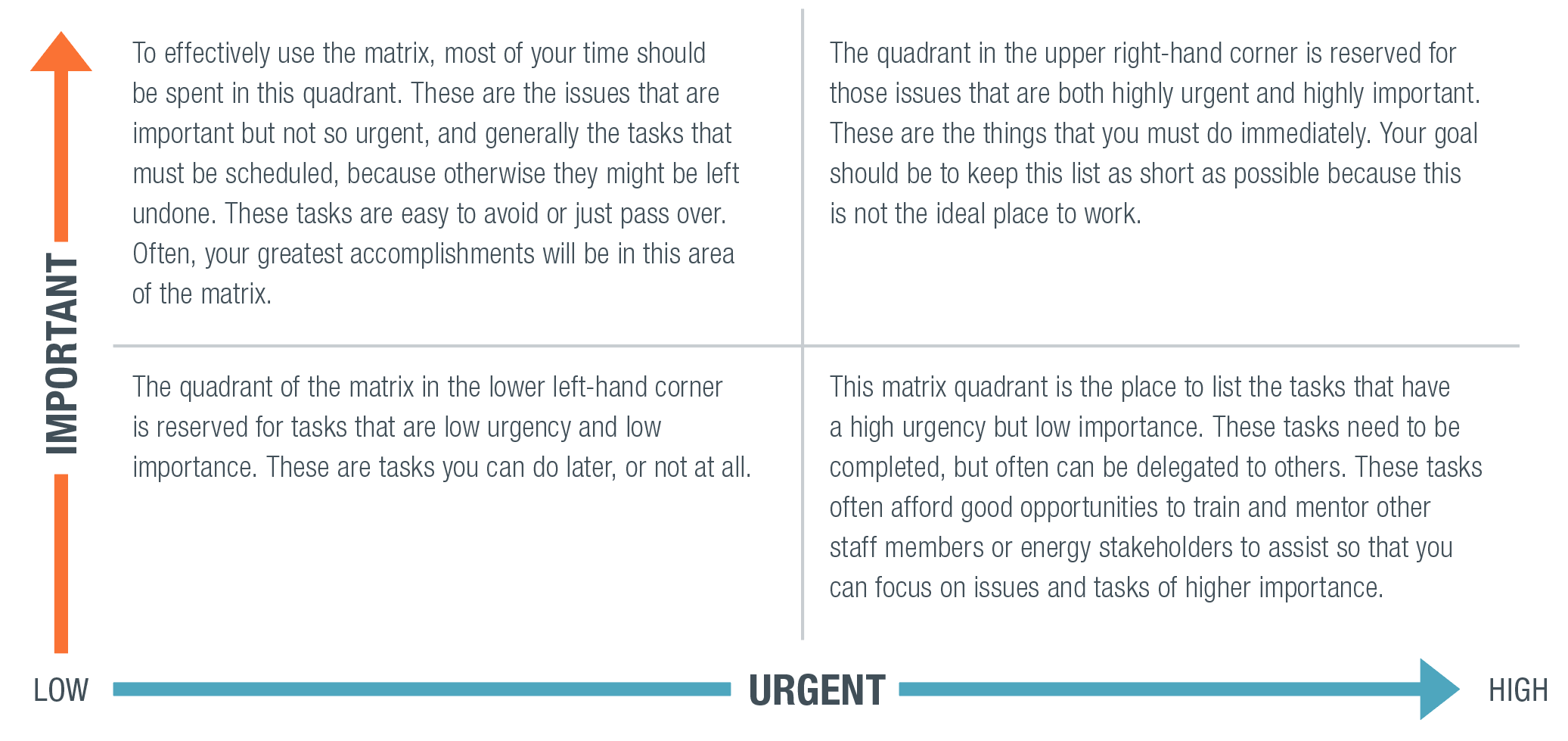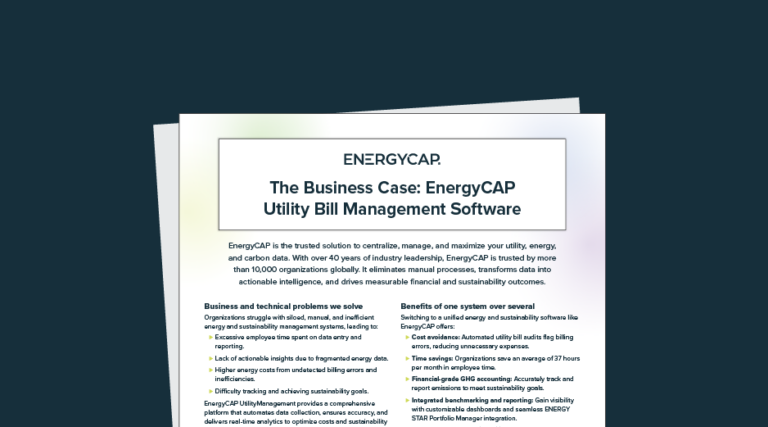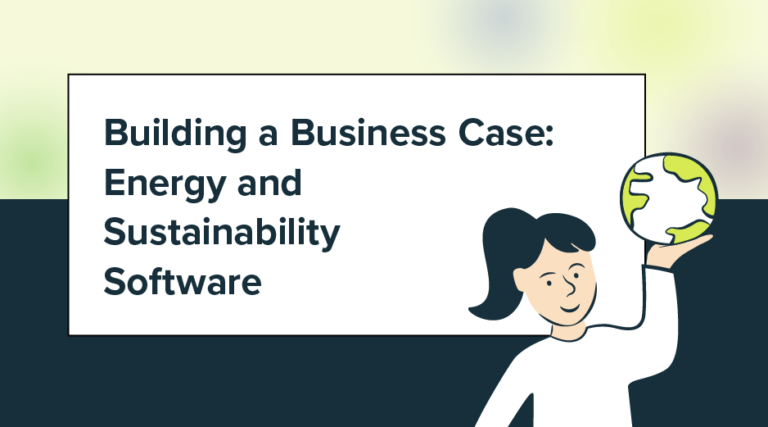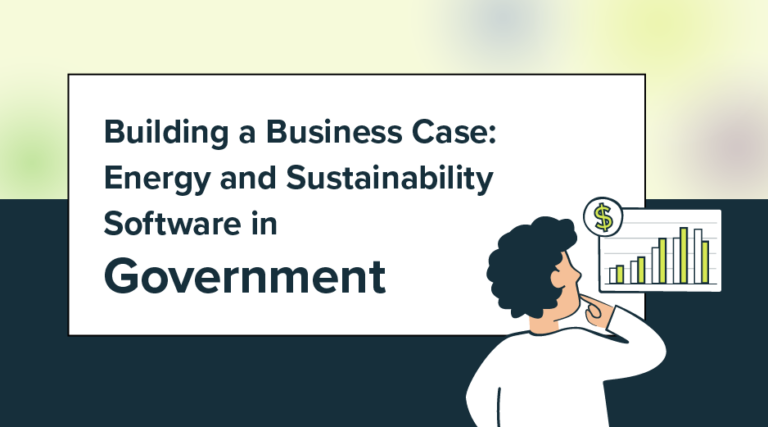To see how this works in practice, let’s look at some examples to see where they would fit on the matrix:
EXAMPLE 1: Building Sprinkler System
Let us suppose that you get a call that the sprinkler system in one of your buildings is leaking. This is definitely a high urgency priority. But what about its importance? If the malfunction is in the president’s office, it would be an issue of high importance that you might need to attend to yourself. But if the sprinkler problem is in a basement utility closet, it could be the kind of low-importance task that could be delegated to others.
EXAMPLE 2: Utility Bill Error
In this example, you have identified a probable billing error, and you need to call the vendor to discuss it. We have already stressed the importance of following up promptly on your billing issues, so it would be appropriate to classify this task as high importance, but it’s certainly not urgent.
It could be completed any time in the next couple of weeks (unless your utility bill workflow dictates otherwise). This important task should be scheduled to ensure that it is completed before it becomes urgent. Set aside half an hour to make a phone call to your utility representative.
As you can see, the Eisenhower Matrix is a useful tool to help set priorities and effectively manage your time so that you’re focusing on the things that are of high importance to your organization.
See if you can use the Eisenhower Matrix this week to organize your task list. By prioritizing the important tasks above the demands of the urgent, you will be delighted with the gains in your productivity and your energy management program.
TACTIC #5: Remain mobile and agile
Once you have added your tasks to the Eisenhower Matrix, it, may seem best to stay at your desk and just knock out your to-do list. But successful energy managers remain mobile and agile.
What does this mean in practice? First, don’t spend all your time behind your desk! Thomas Ochtera, Energy Coordinator for the City of Westminster, CO, puts it this way: “You can’t replace the technician going out. You physically have to go onsite and troubleshoot.”
So get out of the office and observe your facilities—a brisk walk can do a world of good for your health and your attitude. One longtime university energy manager takes a lunchtime stroll every day. He walks through a different section of the campus on each trip and sets aside enough time to stop and talk to people he meets on the way.
He says it is amazing how much information he picks up just from talking with construction crews, maintenance workers, and landscapers. During the winter months, he changes his routine to focus on building walk-throughs, so that he can check for any unusual conditions such as overheated areas or cold drafts.
TACTIC #6: Communicate with stakeholders
Communication is an important task of the modern energy manager. Employers across the country are looking for communication and presentation skills as part of the energy management skill set. It’s not enough just to superintend the data. Now you have to be able to share it with proficiency and in ways that are meaningful for multiple audiences.
These changes are opportunities to spread your energy conservation message across your organization. Work on improving your accessibility to other energy stakeholders. You want to make yourself available to others in your organization, to offer information, education or assistance.
Here are two quick tips to help you communicate more effectively in your organization:
First of all, try to identify your stakeholders, both up and down the chain of command. At a certain base level, everyone in your organization is a stakeholder because all are impacted by your energy management decisions. So it is important to work on building relationships at many levels.
The more people you know in your organization, the more effective you will be. But there will be other key players, often in the areas of accounting, sustainability, or planning, who will have a vested interest in many of the same energy issues that you do. Time invested in these important relationships will pay dividends when collaboration is needed on integration and/or company-wide initiatives.
Second, always look for ways to simplify complicated topics. Many of the issues that you deal with as an energy manager are very complex, so the more you can simplify and make them readily understandable by all stakeholders, the more buy-in you will be able get for your plans.
In general, keep the discussion on broad topics. Many energy managers tend to “get into the weeds” because of their love of data and detail, but try to save the technical jargon for those who are really interested. Always be prepared to provide backup documentation if you are asked, but not before!
TACTIC #7: Build a team
The next tactic is to build a team. Gone are the days when energy managers had to work alone. When it comes to energy management, the lines between departments are blurring. Energy conservation is becoming the work of everyone, which means that a successful energy manager is the one who can build a team.
Here are some suggestions for doing just that.
Don’t waste your time on the doubters.
In any organization, there are always people who just don’t get it. It’s tempting to try to convince them, but it really doesn’t pay to waste your energy on them. Instead, focus on building a strong team with the people who are ready to get onboard, and they will be the ones who can start some positive momentum in your organization.
Find your fans.
Go to wherever they are. Try to enlist ad hoc members from different departments and different areas of your organization, and you might be surprised who wants to get involved.
Welcome new viewpoints.
Remember, your team members don’t have to be energy experts. You can teach them about energy. They really just need to want to be a part of the team.
Value enthusiasm.
An ounce of enthusiasm is worth a pound of expertise. The goal is to create a team that you can rely on to create positive momentum through their enthusiasm. It is much more important to recruit someone who wants to be a part of the team—someone who is going to participate and give you their viewpoints. You can always provide instruction on the energy side, but what you can’t do is to create enthusiasm for those who don’t want to be part of the team. So keep an eye open for enthusiasm, and value it!
TACTIC #8: Develop key performance indicators
With all the urgent demands on your time, it’s easy for this important tactic to get pushed aside, but successful energy managers develop key performance indicators or what we call SMART goals.
SMART goals are:
S: Simple and Specific.
The goal should be easy to understand and share.
M: Measurable.
You will need a way to demonstrate that you accomplished the goal. Identify the appropriate metric(s) and then measure regularly.
A: Achievable.
This can be a tricky goal. If the goal is too easy, then there will be little sense of accomplishment in attaining it. Goals should be attainable, but should also take some work. Sometimes, you should not even set a goal. Don’t set goals if you don’t have the knowledge, the skill, or the funding available to achieve it, because failure will be frustrating for everyone.
R: Relevant.
The goal needs to be something that is of benefit, that’s valuable so that people are willing to work to achieve it. So make the goal relevant and real to the team.
T: Timebound.
Setting a timeframe and/or deadline creates a sense of urgency. Without a timeframe, nothing generally gets done. If this is a new concept for your organization, make sure to start small. Focus on the small changes that will result in measurable results. Early small successes will build support for grander long-term goals.
Remember, the best goals are made in agreement with your stakeholders and team members. But realistically, some goals may already be set for you through legislation or policy decisions. In these cases, you may often have to develop a set of intermediate goals that will help you to meet those mandated targets for performance.
If you’re looking for a good goal to start out with, try to discover “found savings” by auditing your historical energy bills. This is a great way to kick-start your savings program. Utility billing errors can compound over time, so even a small discovery can often pay big dividends.
Your goal as the energy leader is to help your team to start taking ownership of their energy consumption. You can do this by providing reliable metrics to measure how well they are doing. Reviewing the historical utility billing information and finding the best ways to categorize and classify it is an excellent way to broaden understanding and get everyone on the same page.
TACTIC #9: Celebrate your success
Many energy managers will finish a project and then immediately move on to the next one, but it’s important to celebrate energy management successes within your organization.
Celebrating your success is a great way to prove the value of your department’s efforts. As you begin to quantify success at current support levels, it becomes easier to project what may be possible with an expanded staff and more resources.
When you start setting SMART goals and achieving them, you will have many reasons to celebrate!
There are many opportunities to do this:
Reports
Your reporting regimen offers a unique opportunity for celebration. Since you have to share data that you have collected with the people who need it, make sure you understand your audience. It might include your superiors at work, local citizens (if you work for a government organization), students, parents (who pay the education bills), or perhaps even shareholders. Good reporting is relevant reporting, and you can’t be relevant unless you know your audience.
Funding Proposals
Funding proposals offer a unique opportunity to celebrate. Promotion can play a key role in funding. If you are able to communicate effectively about past successes, you can make a strong case for future funding.
Newsletters
An internal newsletter is a great way to talk about what you are doing, and what you have accomplished. When sharing your energy information, try to use comparisons or conversions. This helps people grasp the scale of energy savings, since most people have not had experience with energy data. They may not understand what a BTU or a kWh really represents, so making an appropriate comparison can help them to understand.
For example: “Last month we saved enough electricity to drive an electric car across the United States,” is generally better than “Last month we saved 986 kWh.”
These types of word pictures help people to understand that their actions do have an impact in your organization. You’ll want to be sure that you announce new projects and completed projects and also hold celebration events, which can be as small or as elaborate as you like.
Press Releases/Social Media
Don’t be satisfied just promoting your successes internally. Share the good news externally whenever possible through such venues as blogging, press releases, case studies, social media, and more. When you promote externally, you are connecting your organization’s brand to your energy successes. As an energy management professional, you’re in a unique position to help shape the company brand as an energy-conscious, energy-efficient brand.
TACTIC #10: Network
The last tactic involves reaching out to others beyond your own organization. You will want to tell everyone about your successes, and learn about what works for others. Some of the best venues for networking are conferences, but conferences can be intimidating, so start with a smaller conference where you can feel comfortable reaching out to others.
Engineering society meetings offer a great way to network. These organizations are almost always seeking guest speakers, so it can be an inexpensive way to talk about some of the things that you have been doing in your organization. With planning, you can even build opportunities for feedback right into your presentation.
Local community groups are often seeking to broaden their understanding of energy issues. Look for local and regional events to present at. You might be surprised to discover just how many people will turn out for a public meeting, especially if the topic title is intriguing, and is advertised well.
Another networking venue is user group meetings. EnergyCAP, LLC has a Catalyst Training for Savings Conference, for example. Energy management software users attend to learn about the latest software updates and to meet other people who are doing energy management at their respective organizations. Networking at training events like this one gives you a chance to find out how your colleagues are managing their challenges—which are often similar to yours.
Synopsis
This eBook has provided 10 Tactics to help you become even more effective in saving energy and money for your organization.
Remember, your energy management program hinges on your leadership:
1. Be sure that you’re seeking meaning in raw data (like constellations in the night sky)
2. Check your data for billing mistakes (remember: garbage in— garbage out)
3. Keep track of your found savings (log all savings details)
4. Automate processes wherever possible (spend your time on analysis—NOT data entry)
5. Remain mobile and agile (get out from behind your desk and into the physical plant)
6. Communicate with stakeholders (take time to build relationships with key personnel)
7. Build your team (success will depend on your ability to get others involved and excited about your plans)
8. Develop key performance indicators (they will help you establish SMART goals)
9. Celebrate your successes (take the time to tell your story to the world)
10. Network with other energy managers (it’s fun to share success and learn about what others are doing!)
We hope these 10 Tactics will help you enjoy the exciting, rewarding, challenging, and sometimes frustrating life of an energy management professional, and we honor you for your work.
Best-in-class portfolio-level energy and utility bill data management and reporting.
Real-time energy and sustainability analytics for high-performance, net-zero buildings.
A holistic view of financial-grade scope 1, 2, and 3 carbon emissions data across your entire business.
Energy and sustainability benchmarking compliance software designed for utilities.







